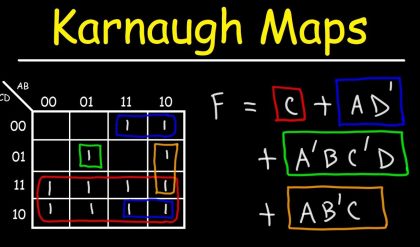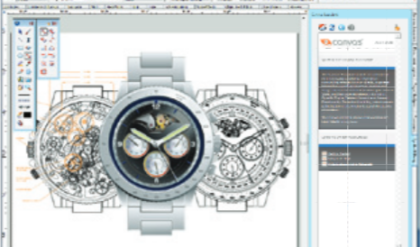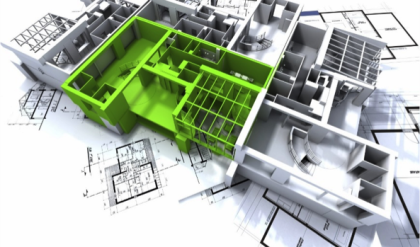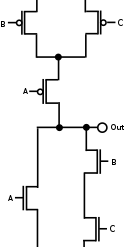Introduction to Logic Circuits

he logic gates can be defined as simple physical devices used to implement the Boolean function. Logic gates are used to perform a logical operation with one or more inputs and generates a logical output. These logic circuits are formed by connecting one or more logic gates together. These logic circuits are classified into two types: sequential logic circuits and combinational logic circuits.
Combinational Logic Circuit Definition
The combinational logic circuits or time-independent logic circuits in digital circuit theory can be defined as a type of digital logic circuit implemented using Boolean circuits, where the output of logic circuit is a pure function of the present inputs only. The combinational logic circuit operation is instantaneous and these circuits do not have the memory or feedback loops. This combinational logic is in contrast compared to the sequential logic circuit in which the output depends on both present inputs and also on the previous inputs. Thus, we can say that combinational logic does not have memory, whereas sequential logic stores previous input in its memory. Hence, if the input of combinational logic circuit changes, then the output also changes.
Combinational Logic Circuit Design

These combinational logic circuits are designed to produce specific outputs from certain inputs. The combinational logic design can be done using two methods such as a sum of products and a product of sums. Combinational logic circuits are generally designed by connecting together or combining the basic logic gates such as NAND, NOR, and NOT. Hence, these logic gates are termed as building blocks. These logic circuits can be a very simple circuit or a very complex circuit or huge combinational circuit can be designed using only universal logic gates such as NAND and NOR gates.
Functions of Combinational Logic Circuit
The function of combinational logic circuits can be specified in three main ways such as:






